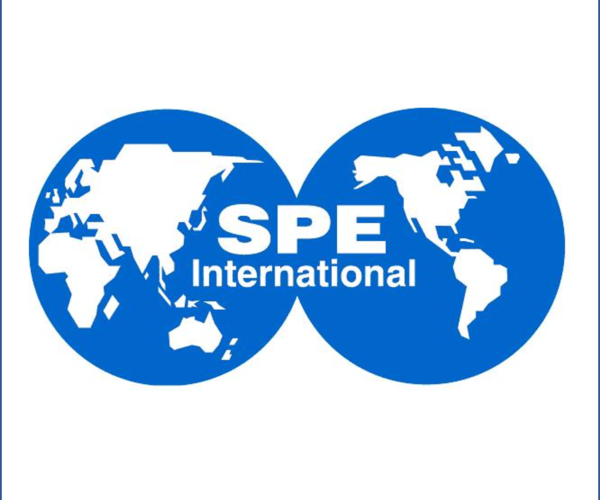One of the key goals of good HF in design is to reduce the number of mistakes that users make and produce more comfortable interactions with products, machines, plant, equipment etc. Human factors in design is about understanding human capabilities and limitations, and then applying this knowledge to the design of physical things.
Consistency of design - a system should look and work the same throughout and a user can transfer a learned skill to other parts of the product.
Familiarity – as users spend time using products they become familiar with standard design conventions and come to expect them.
Sense of control - Humans like to be in control of their interaction with systems, not the other way around. Users expect adequate feedback eg visual and auditory signals to help them understand the current status of a system.

HUMAN FACTORS WORKGROUP
Visit the Human Factors page to find out more about the workgroup
MESSAGE FROM STEP CHANGE IN SAFETY - HUMAN FACTORS WORKGROUP CO-CHAIR: DAVID JAMIESON, HUMAN FACTORS LEAD, SHELL
"Good practice in design regarding human factors should include screening carried out early in the design stage of a project to identify where HF input / activities may be needed, HF requirements should be identified through the application of relevant HF design standards. A human factors activity plan should be developed for a project. Specialist human factors input should be provided for the project in proportion to the size, complexity and risks associated. Assurance should be provided to ensure that human factors requirements identified in the design stage are applied adequately in the execute stage. End users / operators should be involved in design decisions.
"Ask yourself:
- How do you integrate HF at the design stage of projects / modifications?
- How do you go about identifying where design could cause problems for operators
- What equipment/plant design issues have you identified at your site e.g. equipment that is difficult to use?
- What is done when you identify a design issue that is causing problems for operators
- How does you company take into account user needs when ordering new equipment?"
Human Factors Subtopic Discussion Sheets

Human Factors Safety Moment

Features Resources
Human Factors in Design - Regulatory Requirements
Regulator Guide - Offshore
- Human factors screening has been undertaken early enough in the project to identify key human factors priorities and to enable input into engineering design, procedures and training and competence. This has been used as the basis of a plan for the implementation of human factors as part of the project.
- Human factors requirements are identified through a combination of the application of established human factors engineering standards, ergonomic design principles and specific human factors studies (e.g. SCTA, valve criticality analysis, workload studies, HMI studies etc).
- Human factors specialist input should be provided by competent people in proportion to the size and complexity of the project.
Onshore COMAH
- Established local policies for HF design, based on relevant good practice (e.g. site-specific standards for the design and management of process alarms in line with EEMUA 19117).
- Benchmarked the design of local process control systems against relevant HF standards, for example: BS EN 942118 (human/system interaction); EEMUA 20119 (HCI); EEMUA 191 (alarm systems); BS EN 1106420 (control rooms)
- Designed plant and process control systems to support personnel who manage process upsets and abnormal situations e.g. design of alarm system supports situation awareness.
- Accounted for environmental factors in the control room or the vicinity of plant-based HMI/HCI (lighting; thermal comfort; noise and acoustics; distractions etc).
- Developed a structured framework to integrate HF into the design of new projects and major modifications (including, where appropriate, arrangements to initiate a formal HF integration plan).
Human Factors Regulatory Infographic

Download a simple infographic explaining the regulatory requirements regarding human factors.



